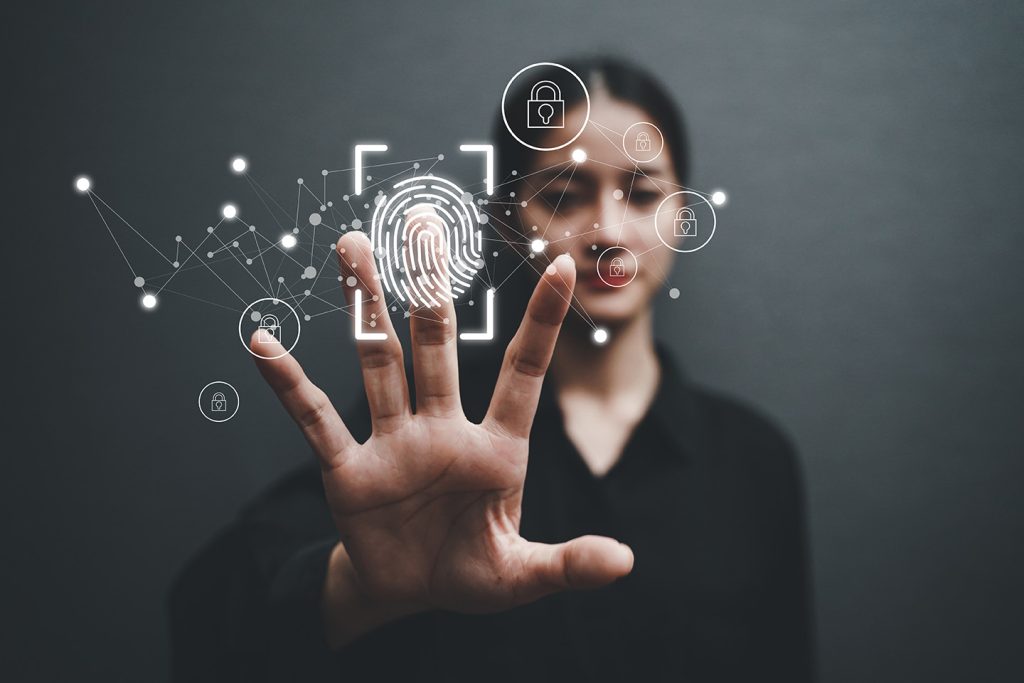By Lilli Pert

In today’s world, how people express themselves and portray their identity is no longer confined to simple face-to-face interactions. The rise of social media has allowed for a new digital world and can offer an alternative/additional way in which people see their selves and others. The opportunity to create a digital identity can be an extension of who we are, or others, purely relying on this digital profile of ourselves to communicate our personality to others.
As exciting as this new format is, it may open up a door for misconceptions, as people can illustrate their lives/identities in a narrative. They would like the world to see that this is because elements of people’s publicly shared narratives can be refined and filtered to the person’s discretion. For example, every tweet, comment or post contributes to an online image one builds about their selves. The common thing we see in social media regarding people’s narratives is that their output media is often positive to create and obtain the best self-presentation. This greater control of self-presentation compared to a natural identity built on face-to-face interactions is that it can conceal certain aspects of one’s identity, which could both be liberating and limiting. This may be limiting as it constrains freedom and could discourage people from expressing themselves truly to match/’fit in’ with the world of people’s other self-controlled narratives. This theme poses the question as to whether digital identities become somewhat pointless, as pressure to create a perfect version of yourself often leads to following ‘trends’ of other people’s digital identities and would result in uniform identities rather than individual and unique identities.
When creating an individual identity online, fear of creating a unique profile may also be encouraged by the fact that a user’s content may not fit a narrative that a platform would encourage. Examples of this can be seen in platforms like TikTok and Instagram, which encourage users to perform versions of themselves that are visually appealing to other users of the platform to retain. When users output content of an appealing narrative, they are rewarded with metrics of validation, which can see users craft identities not based on who they truly are, but of what gains approval. This can arguably encourage users to develop anxieties to fulfil a fake narrative and completely prevent them from using platforms for true self-expression.
However, digital identities are often not static across all platforms; they may be better described as fluid. This is because a person may protect different identity styles that are suited to different platforms. For example, a person may be inclined to present a more professional identity on a platform such as LinkedIn due to it being a business-based social media website, compared to my humorous profile on sites such as X. This shows us that each site becomes a stage for a different role. This could pose the opposite argument that users’ attempts at self-expression become morphed into the same narrative, as people’s digital identities can be presented by combining and amalgamating information from different social media sites.
Other influences on the construction of a digital identity can be seen in the form of artificial intelligence and algorithms. These increasingly influence parts of identity as they are able to create feeds and suggest content by predicting our behaviours based on our online activity. The persistent consumption of constructed media is likely to change one’s opinions and behaviours and may ultimately change one’s online identity. Some may argue that this can be compared to something such as grooming, as it changes habits and opinions through consumed information. The potential danger of this is somewhat serious, as information may be mediated by architectures of technology and could potentially help support their corporate interests.
Despite the opposition that the digital world faces, we also see the new opportunity of forms of identity and community that may be built online. For example, marginalised groups have found digital spaces a great opportunity to connect their identities to other communities that may have otherwise been unknown to their cultures. This also further offers the opportunity of destigmatisation offline as people become more aware of each other.
Online anonymity can also be a positive and negative influence on constructing a digital identity. Positive surroundings online and anonymity can be seen by the fact that people are offered protection and freedom for self-exploration. This may allow them to express aspects of themselves that may have otherwise remained hidden in face-to-face construction of identity. The negative surrounding online anonymity, however, presents itself in the fact that the protection offered by this may also encourage users to leave hateful comments on other users’ narratives online, which may result in the victim of these comments refraining from true self-expression.
In conclusion, constructing a digital identity is an arguably difficult task for any user to present an authentic presentation of themselves. Many influences, as listed above, may cause users to create a performance rather than a truthful presentation of themselves. I believe that the digital self is not an illusion to the wider world but a reflection of how we desire to be seen.

